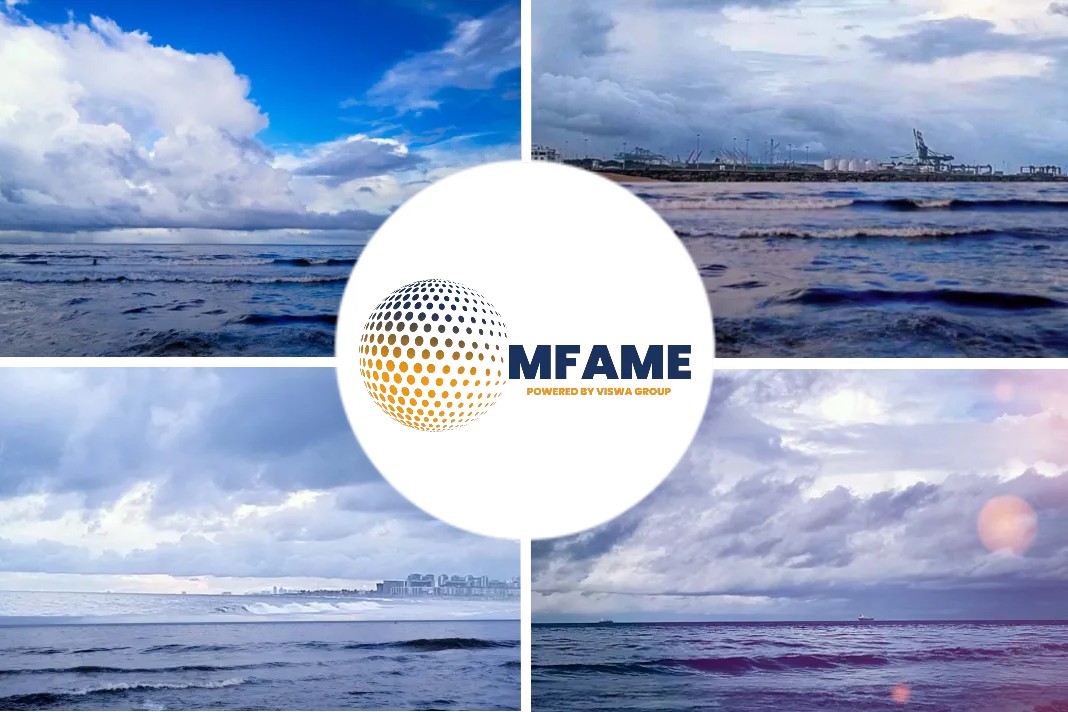Fast-paced technological advancement is a reality in the past few decades, making the exact ways, in which business transformation is going to take place, impossible to predict.
Amid this uncertainty, the only certain thing is that business leaders can plan ahead better by understanding the trends that may affect innovation in the next few years. What are the tech trends that are expected to shape the near future of the maritime industry?
A new analysis by the McKinsey Technology Council identified 14 of the most significant technology trends unfolding today that are expected to revolutionize operations in a wide range of sectors. SAFETY4SEA picked the most relevant ones to the shipping, oil and gas, and the logistics sector, presenting their potential impact on these sectors:
Applied AI
Closely related to machine learning, Artificial Intelligence (AI) describes machines or computers behaving in ways that we previously believed required human intelligence. AI enables the transformation to paperless and automated procedures, bringing cost reductions and speed by eliminating routine tasks. Automating processes enabled through AI can help identify problems before they happen, so AI is considered a major boost to effective decision-making.
Example industry: In the oil and gas sector, AI can be useful for customizing drilling plans for geologically complex areas and forecast demand. Similarly, in shipping, AI is upgrading predictive capabilities through real-time analytics and automated processes.
Key uncertainties: Cyber security, data privacy concerns, ethical considerations
Advanced connectivity
An advancement in connectivity protocols, such as 5G/6G cellular, wireless low-power networks, low-Earth-orbit satellites, and other technologies, enable solutions that can drive growth and productivity across a wide range of industries.
Example industry: In the oil and gas sector, advanced connectivity can improve real-time monitoring and analytics of drilling activities. The 5th generation of cellular networks (5G) is also expected to significantly affect port operations, by speeding up data exchanges in terminal operations, enabling massive real-time data collection and analytics, increasing intelligent automation, and laying the groundwork for better coordination between humans and devices.
Key uncertainties: Limited availability of technologies due to capital investment cost
Future of clean energy
Amid global efforts to shift away from fossil fuels, clean-energy solutions help drive toward net-zero GHG emissions across the energy value chain.
Example industry: In the oil and gas sector, technology can help decarbonize upstream operations while exploring options to produce clean energy, such as green hydrogen.
Key uncertainties: Cost, availability of infrastructure, regulation
Future of mobility
Transportation of people and goods is the main pillar keeping the world going. More than a century after the first automobiles entered operation, a growing shift to more sustainable patters has unveiled autonomous, connected, electric and smart technologies as an attractive way to improve the efficiency of transportation of people and goods.
Example industry: In the oil and gas sector, the rise of electric mobility may reduce demand for gasoline and diesel fuel. In the shipping sector, electrification and shore power are gaining more and more ground as attractive pathways to decarbonization, especially in the short-sea segment.
Key uncertainties: Safety, availability of infrastructure, regulation
Future of sustainable consumption
The concept of sustainability entails long-term performance improvements in the areas of environment, society and finance, for the world to deliver a better future to the next generations. For example, ethical consumerism drives a transformation of consumption through technology to address environmental risks, including climate change.
Example industry: The shipping sector has emphasized significantly on sustainable development in the form of environmental regulations to address climate change, a focus on people and their mental health to become more attractive for new talent, and a shift to digitalization and automation to make operations more efficient, among others.
Key uncertainties: Cost, availability of materials, advancement of technology, regulation
Immersive-reality technologies
Immersive-reality technologies are already transforming the digital experience, using sensing technologies and spatial computing to help users “see the world differently”. The level of immersive technology varies to mixed, augmented or virtual reality.
Example industry: In the logistics sector, immersive reality could help diagnose flow constraints in warehouses or manage vehicle fleets. In the shipping sector, immersive reality could revolutionize crew training, by enhancing safety, engaging the trainees in real-life scenarios, and making learning more affordable.
Key uncertainties: Cost, software improvements, privacy concerns
Cloud and edge computing
Cloud and edge computing involve distributing computing workloads across remote data centers and local nodes to improve data sovereignty, autonomy, resource productivity, latency, and security. Integration of cloud and edge resources can accelerate innovation and productivity by creating business value.
Example industry: In the logistics sector, using the cloud to combine multiple data streams enables more effective demand forecasting, schedule management and route optimization. Data decentralization can also provide resilience against data loss.
Key uncertainties: Pace of network improvement, technical challenges
Future of space technologies
Technology advancements and cost reductions across satellites enable innovative space services, including a shift from GEO satellites to LEO satellites.
Example industry: Advanced connectivity in the shipping sector can improve safety by advancing nautical charts and boosting search and rescue operations while helping better monitoring of climate change and ice melting.
Key uncertainties: Cyber security, cost, space debris
Did you subscribe to our daily Newsletter?
It’s Free! Click here to Subscribe.
Source: Safety4sea
























